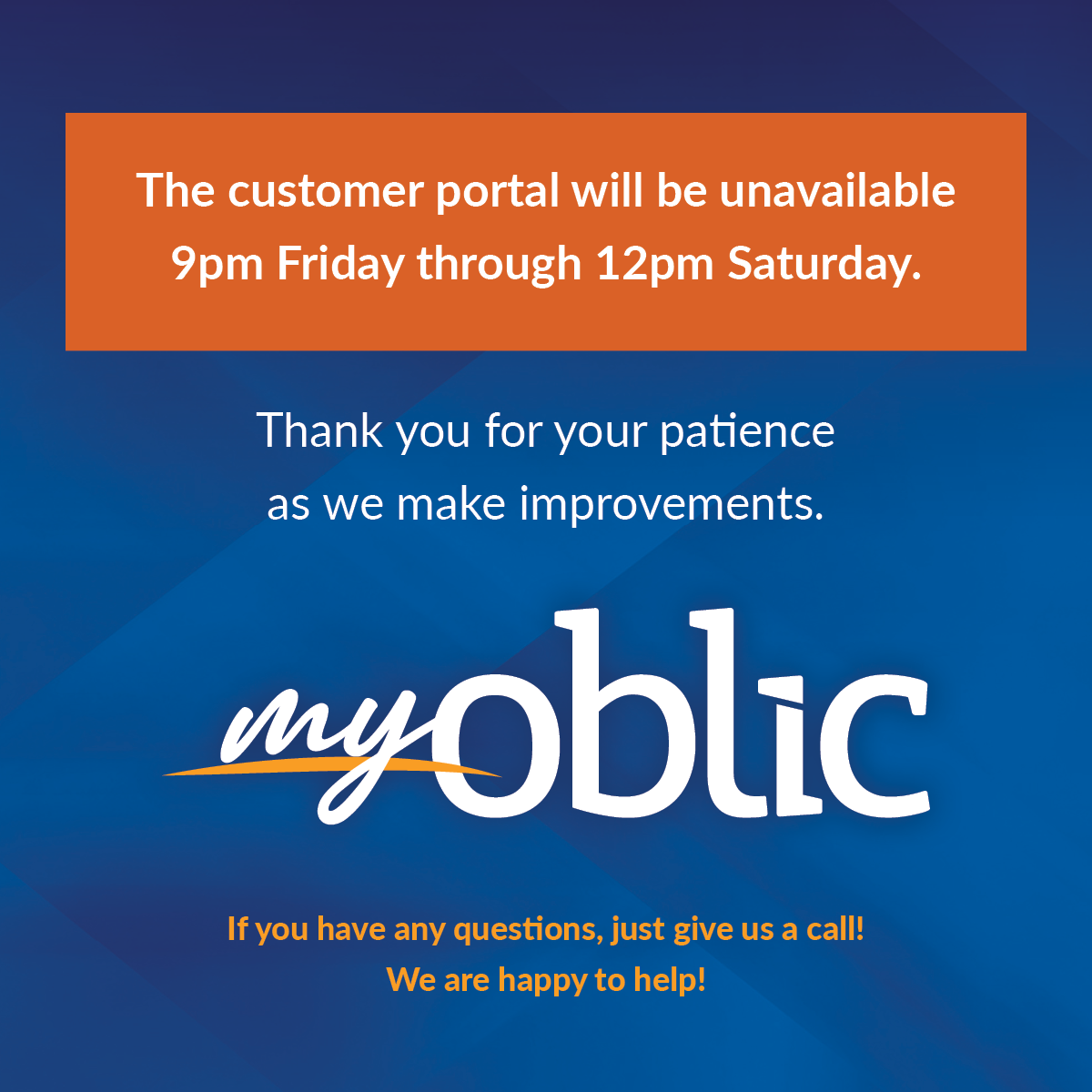This week, we’ve synthesized some current legal news in the realm of artificial intelligence and machine learning to keep you up to date.
In a post earlier this year, we shared how Natural Language Processing applications like ChatGPT, Google’s Bard AI, and Meta’s LLaMa have advanced the ability of computer processing to generate human-like written responses to prompts. We also warned of the possible ethical consequences of misuse including privacy and confidentiality concerns.
We updated you over the summer about the unfortunate misuse of ChatGPT in a New York case, and one Texas’ judge’s response to the increasing use of generative AI in legal briefs.
This month, we thought you might be interested in how the judicial system is playing a role in AI generation, with recent rulings that may have a regulating effect.
In Thaler v. Perlmutter, Judge Beryl Howell of the U.S. District Court for the District of Columbia ruled in August that works created wholly by artificial intelligence cannot be copyrighted, upholding a decision from the US Copyright Office. Finding that “human authorship is a ‘bedrock requirement’ of copyright,” the Court implicitly rejected the applicant’s request to transfer the copyright from a computer system he owns to himself. This didn’t come as a surprise, given the Copyright Office’s longstanding position that computer-generated works cannot be copyrighted.
The body of case law on this topic is growing. As more work is produced by machines and generative AI systems, the need to find the threshold of how much human authorship or input is needed to assert copyright over AI generated work becomes of greater interest. Especially as AI’s use in Hollywood grows, the question of whether a movie studio can copyright art created by AI impacts the entire industry.
Another recent copyright case seeks to answer the question of whether a graphic novelist can copyright the graphic art and the written content of a graphic novel created with generative AI. Graphic novelist Kris Kashtanova created “Zarya of the Dawn” with AI program, “Midjourney,” generating the art based on prompts entered by Kashtanova but writing the words and storyline herself. After granting a copyright initially, the US Copyright Office rescinded a copyright to Kashtanova for the art but maintained it for the written words and storyline. Kashtanova has another test case pending with the U.S. Copyright Office for another piece of work created with AI.
Finally, in our last update on AI trends, we mentioned the suits filed over the summer by content creators against OpenAI, the parent company of ChatGPT. Defendants filed a motion to dismiss recently arguing that almost all of the claims asserted are rooted in a misconstrued application of copyright law and that defendants owe no duty to plaintiffs to support the other tort causes of action.
For a thoughtful and well-organized analysis of the present state of copyright and generative AI, take a look at this draft article from Cornell Law professor James Grimmelman and Cornell Ph.D. Candidates Katherine Lee and A. Geder Cooper: “Talkin’ ‘Bout AI Generation: Copyright and the Generative AI Supply Chain” Also check out resources and articles from the Copyright Alliance for further information and updates on the progression of cases involving AI, and this Legal Sidebar article from the Congressional Research Office updated in May.
What do you think? Still on the fence about use of AI in your practice, or are you an early adopter? Feel free to reach out to us with your thoughts or concerns about AI in legal practice. As always, we’re here to help!
| Gretchen K. Mote, Esq. Director of Loss Prevention Ohio Bar Liability Insurance Co. Direct: 614.572.0620 [email protected] |
Merisa K. Bowers, Esq. Loss Prevention Counsel Ohio Bar Liability Insurance Co. Direct: 614.859.2978 [email protected] |
This information is made available solely for loss prevention purposes, which may include claim prevention techniques designed to minimize the likelihood of incurring a claim for legal malpractice. This information does not establish, report, or create the standard of care for attorneys. The material is not a complete analysis of the topic and should not be construed as providing legal advice. Please conduct your own appropriate legal research in this area. If you have questions about this email’s content and are an OBLIC policyholder, please contact us using the information above.


